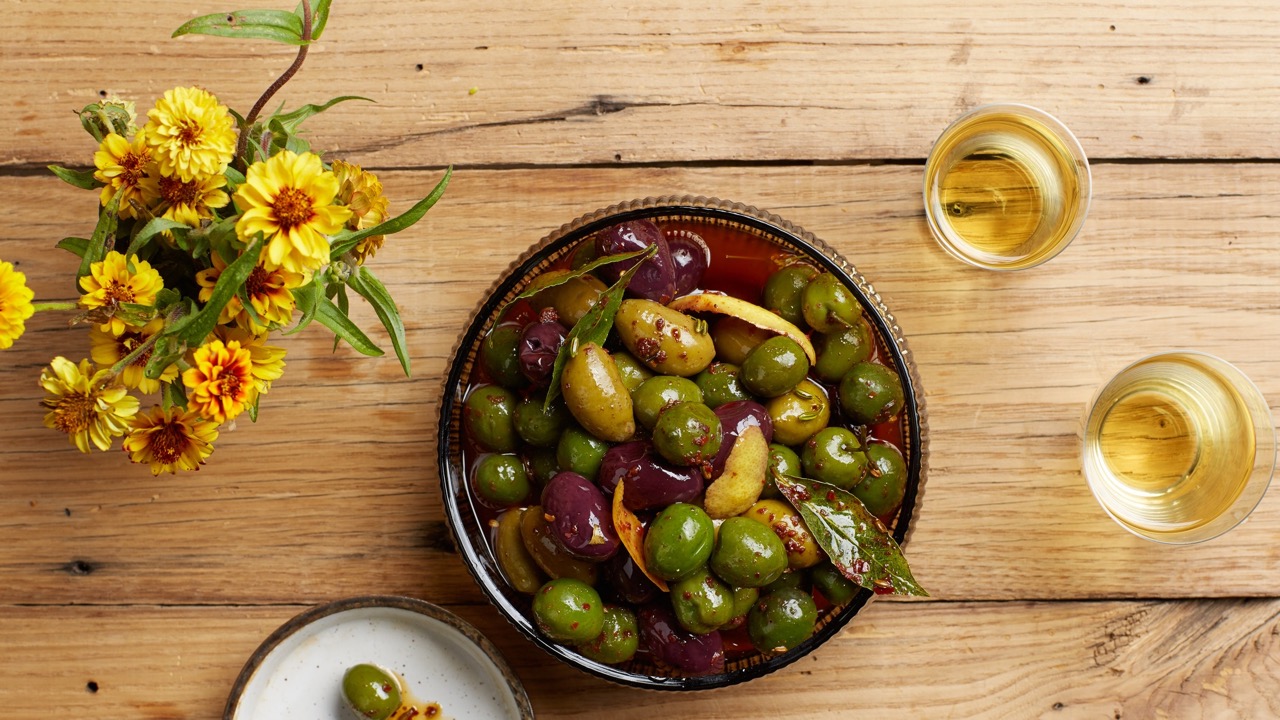Do Olives Go Bad? The Ultimate Guide to Olive Storage and Shelf Life
– Olives can go bad, even though items with excess sugar or salt tend to last longer.
– Liquid-packed olives have a shelf-life of 12 to 18 months once opened and properly stored in the fridge.
– Dry olives, like those found at salad bars, only last for three days once opened.
– Unopened jarred olives can stay fresh for up to two years.
– “Best by” dates on jarred olives are more of a guideline and not a hard rule.
– Signs that olives have gone bad include mold, changes in appearance or smell, discoloration, shrinkage, and unusual smells.
– Unopened olives with a bulging lid or other signs of damage should be discarded.
– Liquid-packed olives should be stored in a cool, dark place with a temperature below 75 degrees F, while opened jars should be stored in the fridge.
– Dry-packed olives should also be transferred to airtight containers to retain their brine or oil.
– Olives preserved in oil should be refrigerated, and the jar should be sealed well after opening.
– Mezzetta indicates that olives can last up to 12 months once opened.
– It advises to discard olives if the container is rusty, bulging, or leaky.
– It recommends checking for funky odors or rancid oil smell and discarding olives in such cases.
– If there is a layer of white mold on olives in brine, it is deemed fine to remove it and continue eating, but it is acceptable to discard the olives if it is unappealing.
– Discoloration of olives after prolonged storage is normal.
– It recommends checking the smell, appearance, and taste of the olives to determine their quality. If unsure, it suggests discarding them.
